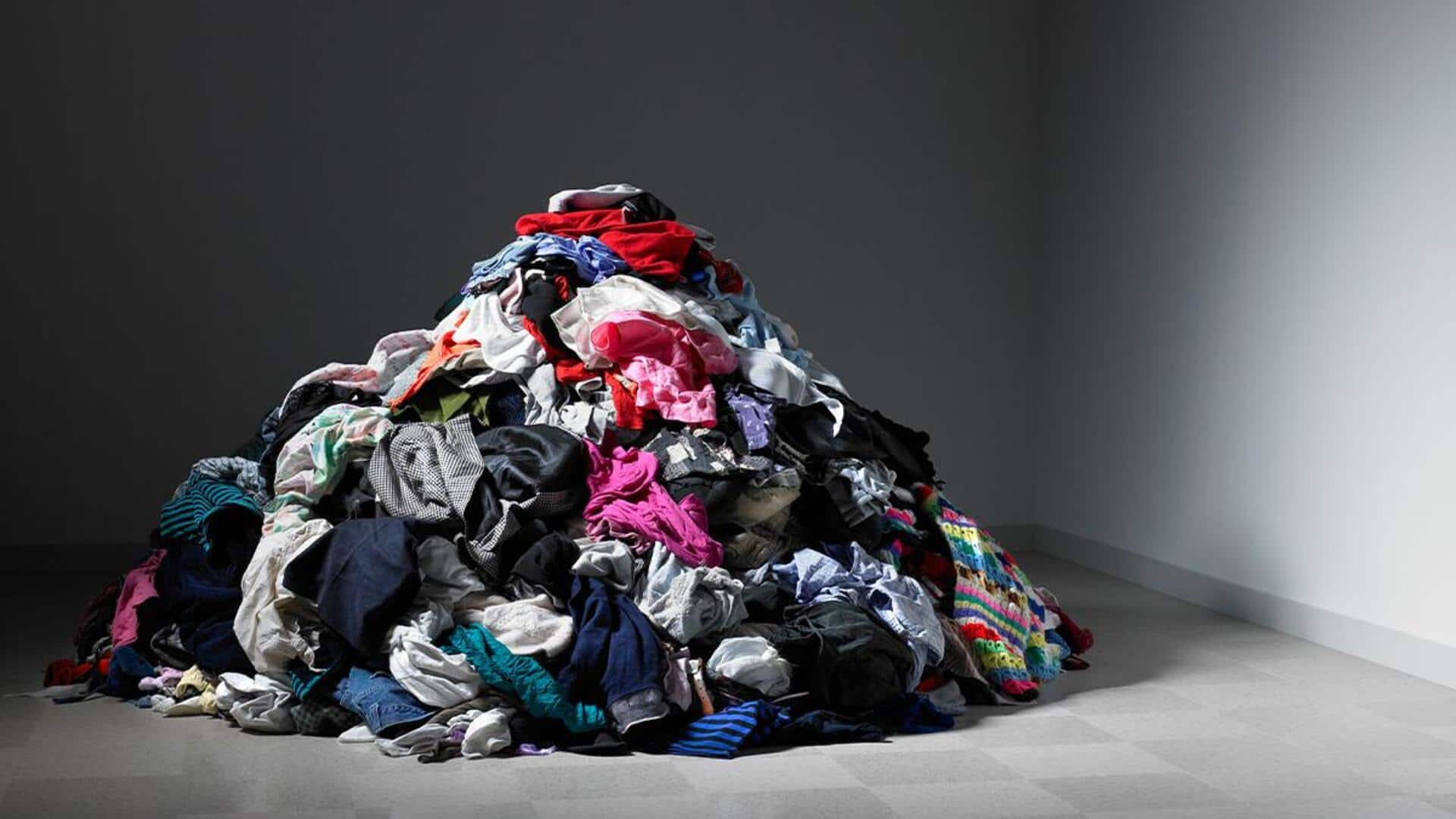
Embrace zero-waste wardrobe today
What's the story
In an era where sustainability is not just a choice but a necessity, the concept of a zero-waste wardrobe is gaining momentum.
This approach not only reduces environmental impact but also promotes a more mindful and ethical way of consuming fashion.
By embracing circular fashion principles, individuals can contribute to a more sustainable world while enjoying unique and personal style choices.
Background
Understanding circular fashion
Circular fashion is rooted in the principles of designing out waste and pollution, keeping products and materials in use, and regenerating natural systems.
It contrasts sharply with the traditional linear model of "take-make-dispose" by advocating for the reuse, repair, refurbishment, and recycling of clothing.
This model ensures that garments have a prolonged life cycle, reducing the need for new resources and minimizing waste.
Key concept
Steps to build your zero-waste wardrobe
To build a zero-waste wardrobe, first evaluate your current collection and choose future pieces mindfully.
Prioritize quality and durability over quantity, favoring items that defy trends.
Support second-hand shopping to rehome clothing. Acquire basic repair skills to prolong garment life or creatively upcycle them.
When clothes can no longer be worn, recycle them properly.
This approach ensures a sustainable and responsible fashion cycle.
Practical advice 1
Practical tips for everyday sustainability
Begin by thoughtfully decluttering your wardrobe, opt to donate or sell pieces you no longer use instead of discarding them.
When adding new items, prioritize sustainable brands committed to eco-friendly materials and ethical practices.
Embrace the concept of capsule wardrobes to significantly reduce waste and streamline your fashion choices, making sustainability a core aspect of your daily attire.
Practical advice 2
Making sustainable fashion choices accessible
Sustainable fashion doesn't have to break the bank.
Seek out local thrift stores or online platforms for pre-loved fashion at affordable prices.
Engage in clothing swaps with friends or community groups as a delightful way to rejuvenate your wardrobe without adding to production waste.
These practices allow us to contribute to sustainability in the fashion industry, crafting wardrobes that are stylish yet environmentally conscious.